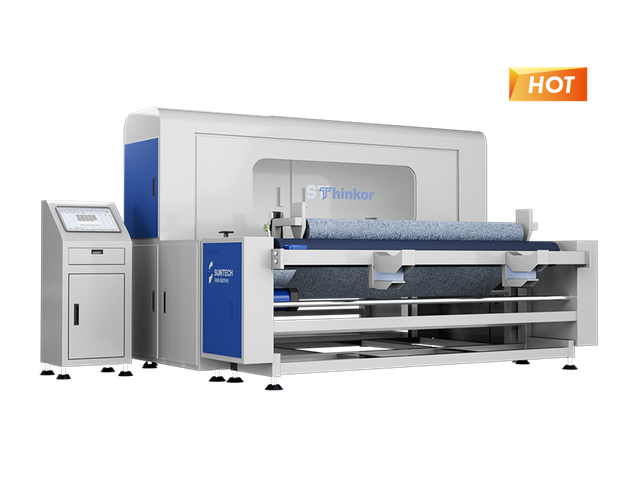In today's fast-paced manufacturing landscape, automated visual inspection has emerged as a game-changer. This technology not only enhances quality control but also streamlines production processes. But what exactly is automated visual inspection, and how is it reshaping the industry?

Understanding Automated Visual Inspection
Automated visual inspection refers to the use of advanced imaging technologies and artificial intelligence to assess products for defects and inconsistencies. By employing high-resolution cameras and sophisticated algorithms, manufacturers can achieve a level of precision that manual inspection simply cannot match. This leads to improved product quality and reduced waste.
Benefits of Automated Visual Inspection
- Increased Efficiency: Automated systems can operate continuously without fatigue, significantly increasing throughput.
- Enhanced Accuracy: Machine learning algorithms can detect even the smallest defects, ensuring that only the highest quality products reach consumers.
- Cost Savings: By reducing the need for manual inspection, companies can lower labor costs and minimize errors that lead to costly recalls.
- Data Collection: Automated systems can gather valuable data on production processes, enabling manufacturers to make informed decisions and improvements.
How Automated Visual Inspection Works
The process begins with capturing images of products as they move along the production line. These images are then analyzed using machine vision technology. The system compares the captured images against predefined standards to identify any deviations. If a defect is detected, the system can automatically reject the faulty product or alert operators for further inspection.
Applications in Various Industries
Automated visual inspection is not limited to a single sector; it has applications across various industries, including:
- Electronics: Inspecting circuit boards for soldering defects.
- Food and Beverage: Ensuring packaging integrity and labeling accuracy.
- Automotive: Checking for surface imperfections on vehicle parts.
- Pharmaceuticals: Verifying the quality of packaging and labeling.
Future Trends in Automated Visual Inspection
As technology continues to evolve, the future of automated visual inspection looks promising. Innovations such as deep learning and enhanced imaging techniques will further improve the accuracy and efficiency of these systems. Additionally, the integration of IoT (Internet of Things) will enable real-time monitoring and data analysis, allowing manufacturers to respond swiftly to quality issues.
For those interested in exploring cutting-edge solutions in this field, consider visiting  for advanced automated visual inspection technologies.
for advanced automated visual inspection technologies.
Conclusion
In conclusion, automated visual inspection is revolutionizing quality control in manufacturing. By leveraging advanced technologies, manufacturers can enhance product quality, reduce costs, and improve operational efficiency. As we look to the future, the continued evolution of this technology promises even greater advancements in the manufacturing sector.








